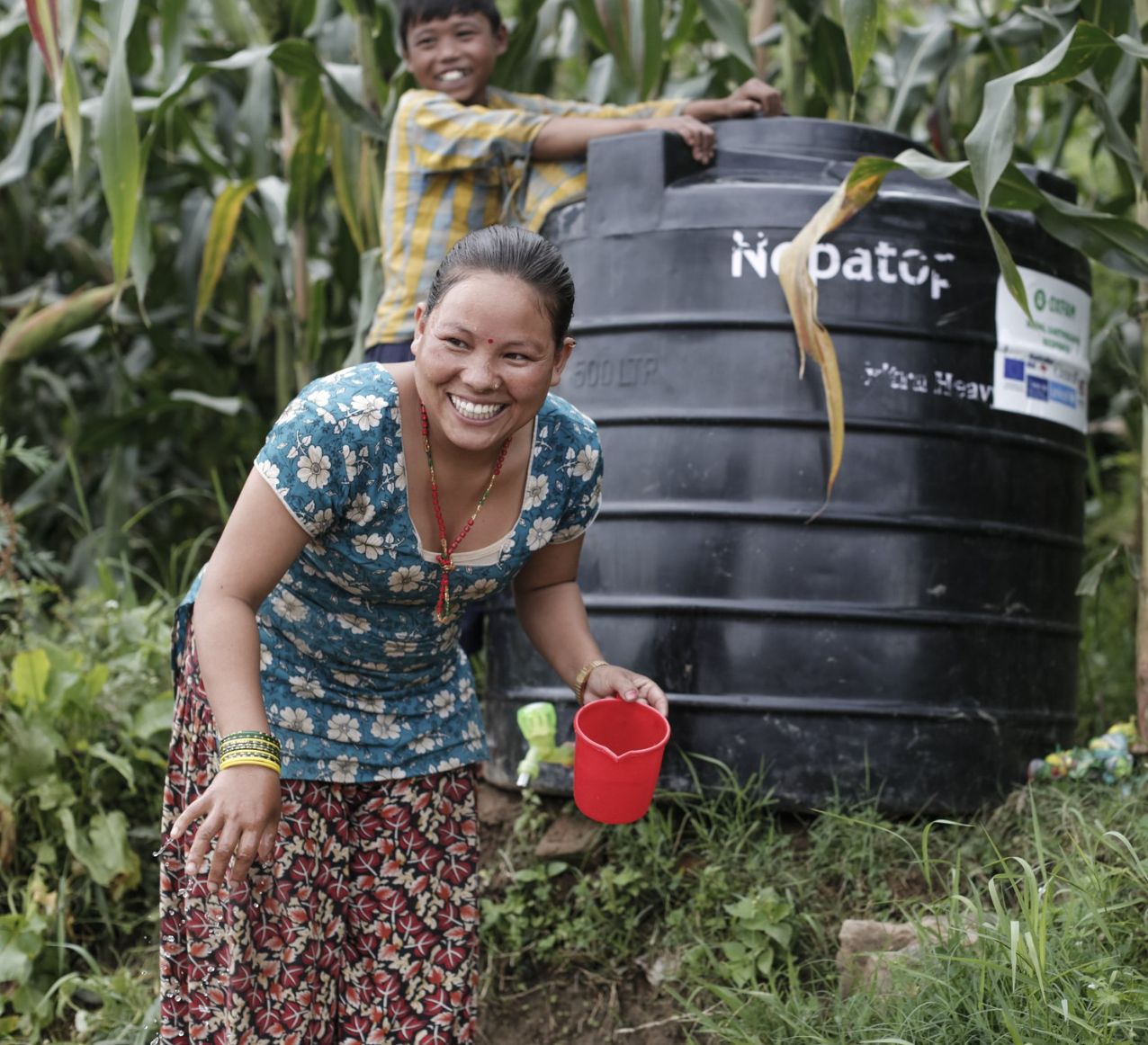Yesterday marked six months since the 7.8 Richter scale earthquake devastated Nepal. It was followed by a subsequent earthquake less than three weeks later and numerous aftershocks. In those three catastrophic weeks, 9,000 people were killed, and over 22,000 people were injured. More than 600,000 houses were totally destroyed and a further 290,000 damaged, leaving hundreds of thousands of families without shelter with the monsoon season fast-approaching.
The tragedy significantly reduced access to safe, clean water and suitable sanitation facilities. Over 5,000 water supply systems in 14 districts sustained damage, and approximately 220,000 toilets were partially or totally destroyed.
In the aftermath of the devastation, The One Foundation diverted over £30,000 of funds to support emergency water provisions in hospitals, health centres and to communities most acutely affected by the disaster, directly helping over 20,000 people.
The focus and immediate priority for the first phase of the emergency response was to reach the most vulnerable and remote communities, setting up strategic bases in areas that would be inaccessible during the monsoon season and getting basic, life-saving supplies to individuals and communities.
Sushila Lama and Deepak (12) take water from one of the tanks supplying communities in the village of Burunchili, Katmandu. Over two thirds of the houses in Burunchili were destroyed by the earthquake. The village received water storage, toilets and hygiene kits as part of the emergency response programme. Photo: Sam Tarling / Oxfam
With the emergency response completed, the focus is now on meeting longer term needs in four key sectors – water, sanitation and good hygiene; support to livelihoods; rehabilitating health posts and improving community health; and the rebuilding of permanent homes.
WASH’s (water, sanitation and hygiene) priorities for the next six months are sustainable water and sanitation provision, including water rehabilitation in schools, major repairs and rehabilitation of damaged water supplies in rural hill districts and the construction and repair of latrines.
The path to a full recovery will be a long one, but one that builds Nepal back stronger, getting people back on their feet and better prepared for the future.

